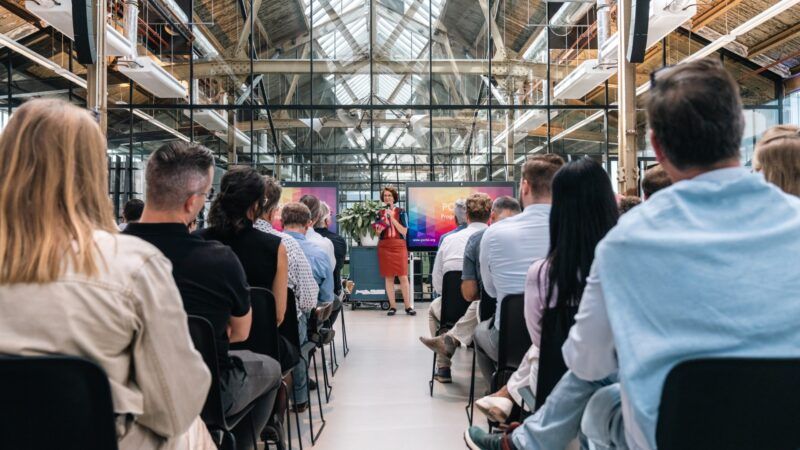
The colors of port innovation
Red ocean and blue ocean are two business growth strategies that coexist in the business world and can also be applied to corporate innovation. The red ocean strategy has a more traditional approach, related to continuous improvement and Japanese kaizen, while the blue ocean strategy has a more disruptive and groundbreaking approach. But are these the only colors in which we can paint our innovation?

Carles Rúa is the Chief Innovation Officer at the Port de Barcelona and Director of the Master’s degree in Executive in Supply Chain Management at the UPC.

Blue ocean vs red ocean
When we use the term "blue ocean", we are referring to the development of new, as yet unexplored markets, which allows us to create new demand instead of disputing existing demand with our competitors, facilitating growth and providing profits for companies. It is about baking a new cake instead of fighting over the leftovers and crumbs of the one we have already eaten together.
Blue OceanStrategy is a business strategy framework presented by W. Chan Kim and Renée Mauborgneen2005 in their book Blue Ocean Strategy: How to Create an Undisputed Market Space and Make Competition Irrelevant.
In contrast, when we use the term "red ocean" we refer to existing markets with strong competition where standing out or differentiating yourself is difficult. In a red ocean, companies compete fiercely with each other for a limited market share, which reduces profit margins for all of them.
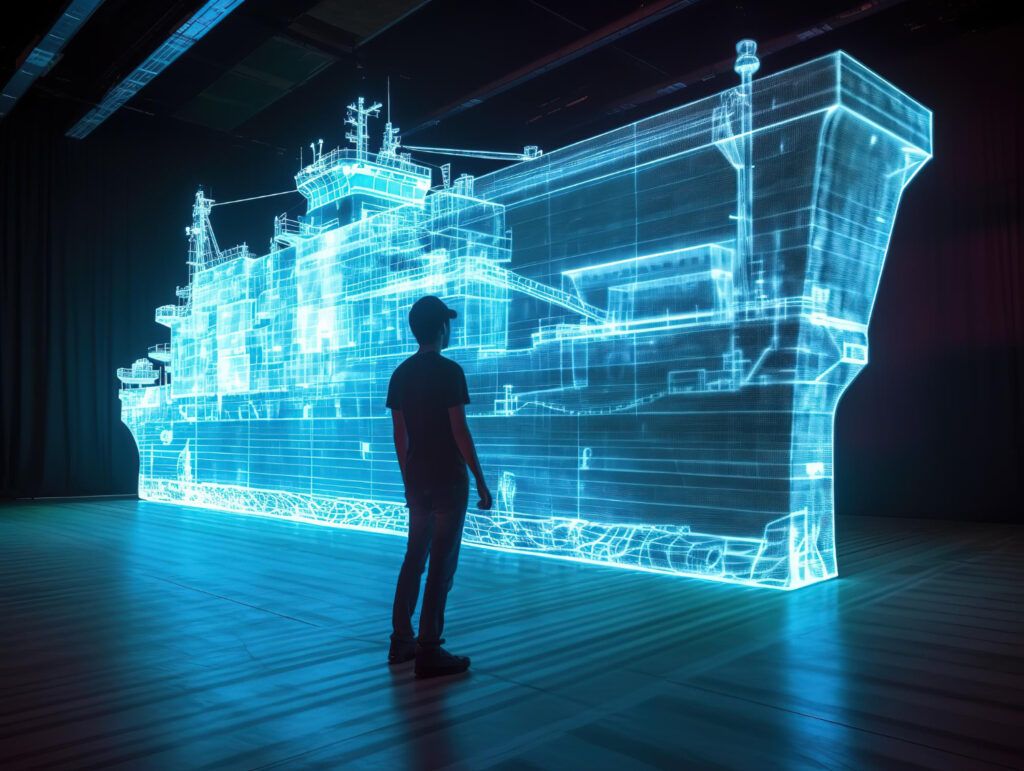
Blue innovation vs. red innovation
When we apply these two strategies to innovation we find, on the one hand, the so-called blue innovation, high-risk, disruptive, associated with reengineering or the development of new business models, which generally requires heavy investment, but which generates new markets or previously unidentified market segments. Although they are high-risk, if the bet is successful, the returns are higher: since the market is new, we will face it in a monopoly situation, even if only temporarily.
On the other hand, there is the so-called red innovation, conservative, which finances low-risk projects in the hope of obtaining incremental returns, based on continuous improvement, allowing us to adapt to gradual changes in demand and reduce costs in our more traditional markets, but from which it is difficult to expect high returns beyond maintaining or slightly improving our competitive position.
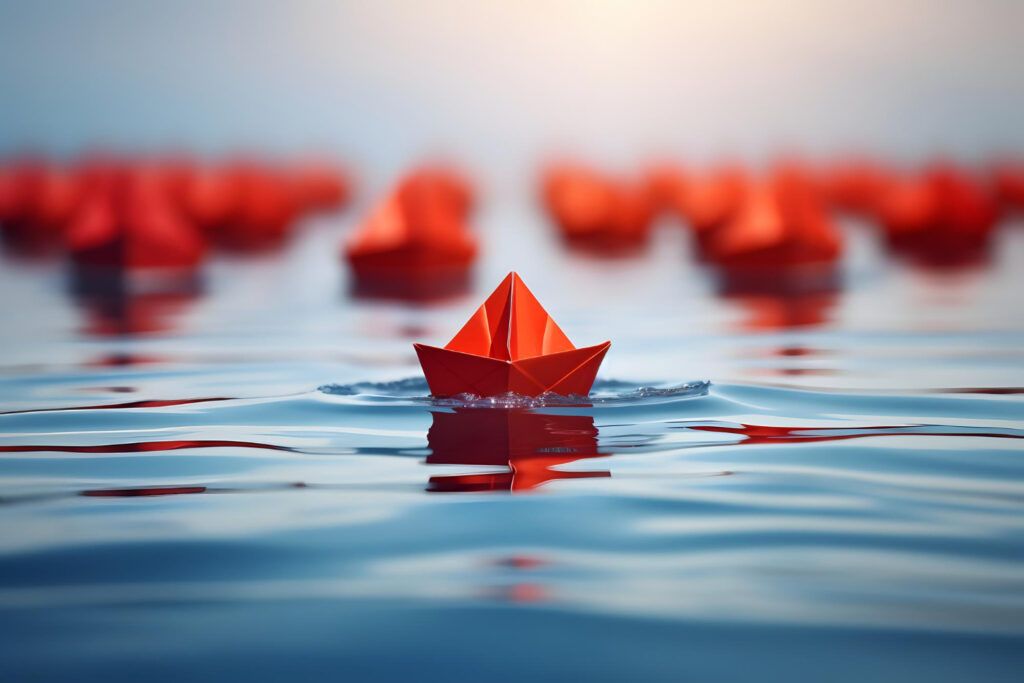
Risk-return matrix by color of innovation
This approach allows us to construct a matrix with return on one axis and risk on the other, so that we can speak of blue innovation when we are developing high-risk but also high-return initiatives, while we speak of red innovation when we are developing low-risk but also low-return initiatives.
The other two quadrants, low risk and high return and high risk and low return, may seem, the first, naive (how will it be possible to obtain high returns with low investments) and the second, absurd (what is the point of making large investments for no return). But Xavier Ferràs, professor at ESADE, and Joaquín Coello, former president of the Port of Barcelona, among other authors, believe that there is room for these types of innovation.
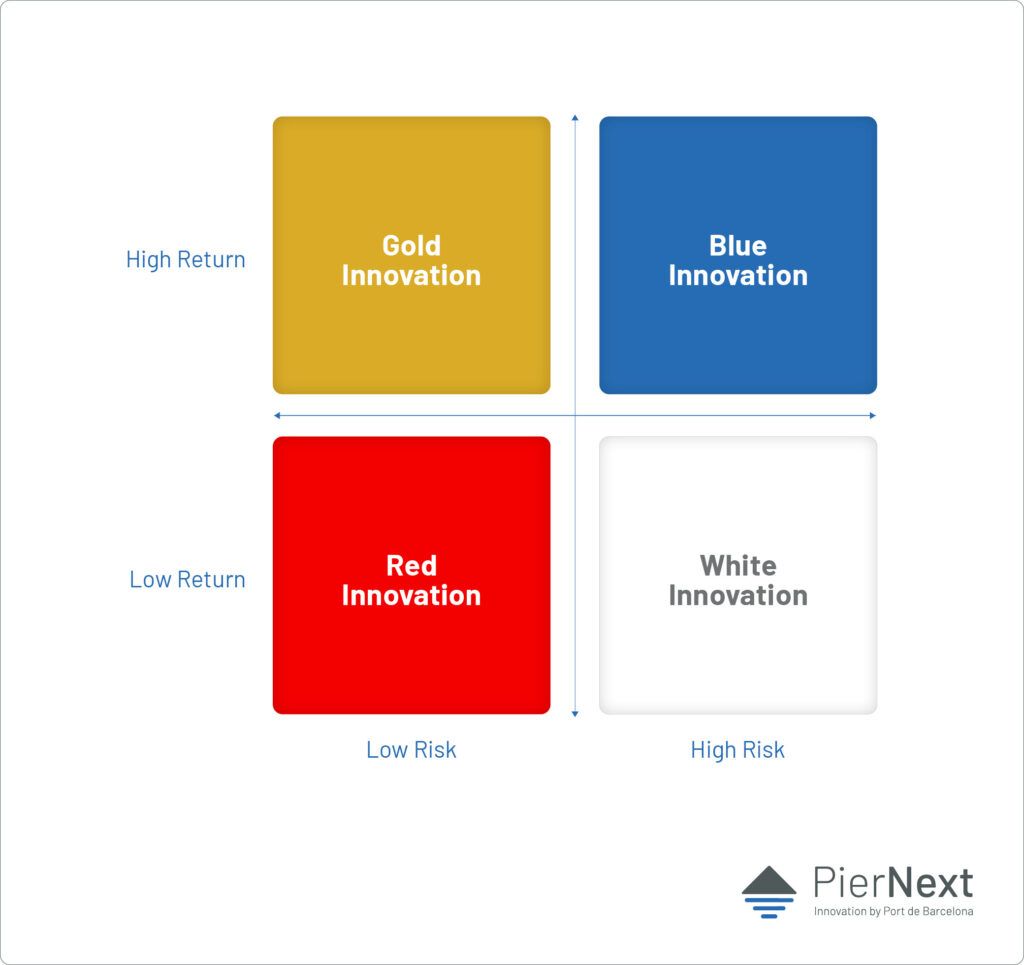
Golden innovation vs. white innovation
The zone of low risk and high returns is what we call golden innovation. It is the ideal situation that we would like for our innovation initiatives: with little investment, we obtain significant benefits. Today it is possible thanks to the new digital economy, which allows the rapid development of applications that can reach a huge number of potential customers.
The problem with this area is that it has low barriers to entry (remember, it is low risk) and, therefore, if significant returns are really on the horizon, it will quickly fill up with competitors. So it is an unstable quadrant, which will quickly evolve towards the red ocean due to the rapid entry of new competitors or, if we are lucky and capture a good part of the market before the competition arrives and create the appropriate barriers, we could evolve towards the blue ocean, although the latter will only happen on rare occasions.
The last quadrant is the so-called white innovation, high risk and low return. It may seem nonsense, but it is much more common than it might seem. This is basic or fundamental research, close to science, carried out in universities, laboratories and research and development centers, which requires heavy investment and a long period of time to materialize the benefits, if they materialize at all.
Except in a few specific sectors, for example pharmaceuticals or space, where large sums are devoted to long-term research, white innovation is associated with public or public-private funding. In general, the great developments of humanity are born here, such as biotechnology, the Internet or aerospace technology, although they then evolve into the red or the blue, depending on whether the new technology has few or many barriers to entry.
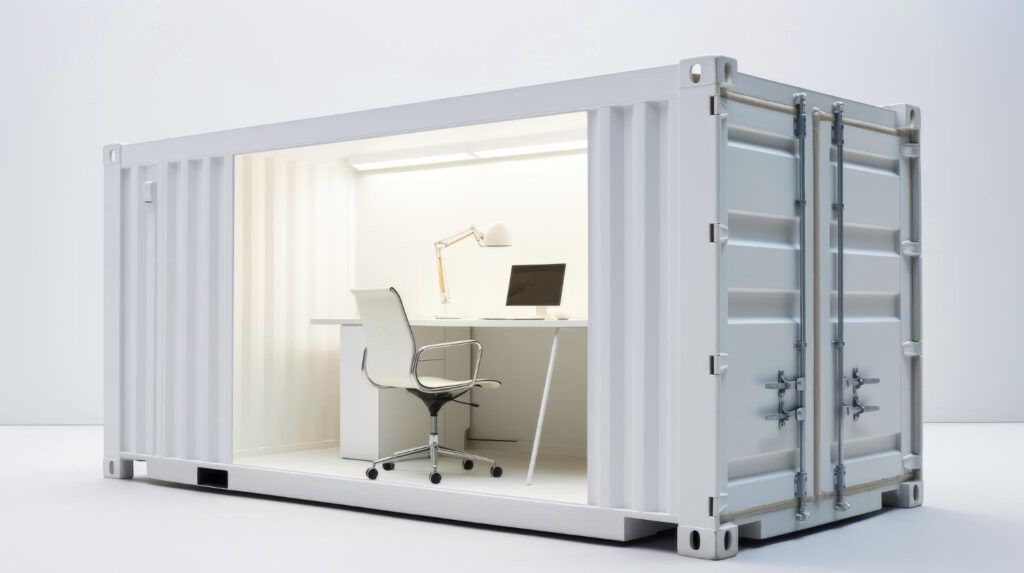
Ports like red
Ports and, in particular, port authorities are, in general, risk averse. This causes them to move on the left side of the graph, acting in a red ocean of innovation or, at best, in the ephemeral golden realm. There are several reasons for this behavior:
- The maritime port sector is a sector with high barriers to entry, dominated by large operators and requiring large investments in assets (port terminals, ships, ...).
- The maritime business is a global business in which "local" innovations are not easily accepted by the large operators in the sector: why invest in adapting the fleet to a valid improvement in a specific port when ships call at a multitude of ports?
- Regulatory aspects that force the industry to use certain processes or technologies, even though there may be better ones on the market. In general, adapting regulations, since this must also be done at international level, requires broad consensus and a lot of time.
There are many public administrations linked to maritime-port activity (port authorities, harbor master's office, customs, inspection bodies, etc.), which in themselves, due to their public nature, are limited in their ability to make risky investments.
As a result, port innovation takes place mostly in the red ocean: this is the case of technological improvements that are quickly replicated by other ports.
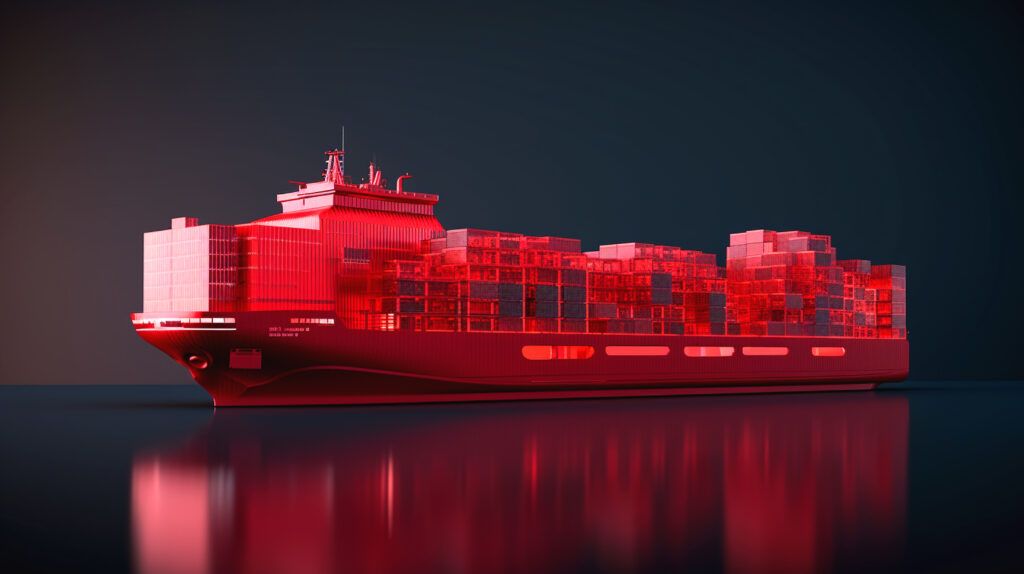
Let's take an example, in January 2019, the Port of Barcelona explained in the framework of The Collider program at Pier01, one of the innovation hubs of reference at European level, some of the technological challenges that the port had. Among the challenges was the need to identify containers entering and leaving by rail, taking into account that the identification had to be done while the train was moving.
A local start-up, AllRead, dedicated to AI image recognition but without any knowledge of the port sector took up the challenge. After a few months they were able to produce, using a normal video surveillance camera, the map of the train, i.e. to identify each wagon with the containers it was carrying, while the train was moving along the track.
This is an incremental improvement: the solution improves the management of inbound and outbound rail freight, but does not represent a truly disruptive change in business models.
Moreover, AllRead obviously wants to commercialize its product and, therefore, the technology is quickly replicated in other locations. Today, AllRead has implemented improved versions of its original system in other ports such as Algeciras, Belize, Bilbao, Leixoes, Puerto Coronel, Port Reunion or Valencia, as well as in rail and intermodal operators and terminals. Therefore, what is really a small competitive advantage generated by an innovation is quickly followed by the competition: red ocean.
Technological improvements are usually part of red innovation, in that once it has worked in one port, it is easy to be acquired by others and, in case of success, new solution providers are likely to appear.

Blue ocean strategies in ports
Although they are rarer, there are examples of blue ocean in the port sector. Perhaps the most significant, not only on a sectoral level but on a global scale, is the invention of the container itself by Malcolm McLead in the 1950s, a clear example of blue innovation.
McLean had to invest heavily to develop his initiative, become a shipowner and adapt his vessels to carry out the first containerized cargo transport between New York and Houston in 1956. But in doing so he created a radically new and disruptive market segment that has had a worldwide economic impact and has been the basis for the globalization of the economy.
A more recent and more local example may be the Spanish investment fund Ports 4.0, driven by Puertos del Estado, is a clear example. This is a public investment fund to which all the country's port authorities contribute 1% of their turnover, which is then invested in competitive calls for ideas, pre-commercial projects and commercial projects.
This fund has financed more than 120 ideas and projects since its creation in 2020 and is a success story in port innovation financing. Today it has no competition in Spain and, in fact, has created barriers to entry: it will be difficult to develop a public investment fund if there is already one financially endowed at the state level and with great success in participation.

White innovation in ports
We can consider collaborations with universities carried out by port companies as white innovation. Also the participation in projects subsidized by European programs such as Horizon Europe. One of the advantages of white innovation is that it establishes spaces for collaboration between port agents who would otherwise compete with each other.
This white innovation, in contrast to red innovation, opens up possibilities for collaboration between ports or between port agents that normally compete with each other. Projects of the Horizon Europe program such as PIONEERS or MAGPIE or of the Connecting Europe Facility program such as EALING involve numerous port authorities.

Golden innovation in port authorities
It is much more difficult to find examples of golden innovation, since, as already mentioned, it is a very unstable framework that will quickly evolve to red or, hopefully, blue. One possible case, albeit taken with a grain of salt, would be this own innovation blog, PierNext. It was created in 2018 as an attempt to disseminate innovative port knowledge, although there was no plan to obtain an economic return for such dissemination. The expectations were to have a few hundred monthly connections. In practice, today, with about 8,000 monthly accesses on average and with a global impact, the success has exceeded the best forecasts and there are no other similar alternatives in our environment developed by other port authorities.
However, if it were to be considered as a business with economic returns, since the barriers to entry are minimal (creating a blog is very simple), we would begin to compete in a red ocean with a multitude of similar initiatives.
In any case, the maritime port sector is quite in need of innovation, so rather than focusing on a specific color, perhaps we should broaden our palette of colors and develop new models that allow us to move forward in terms of technology and business models.



